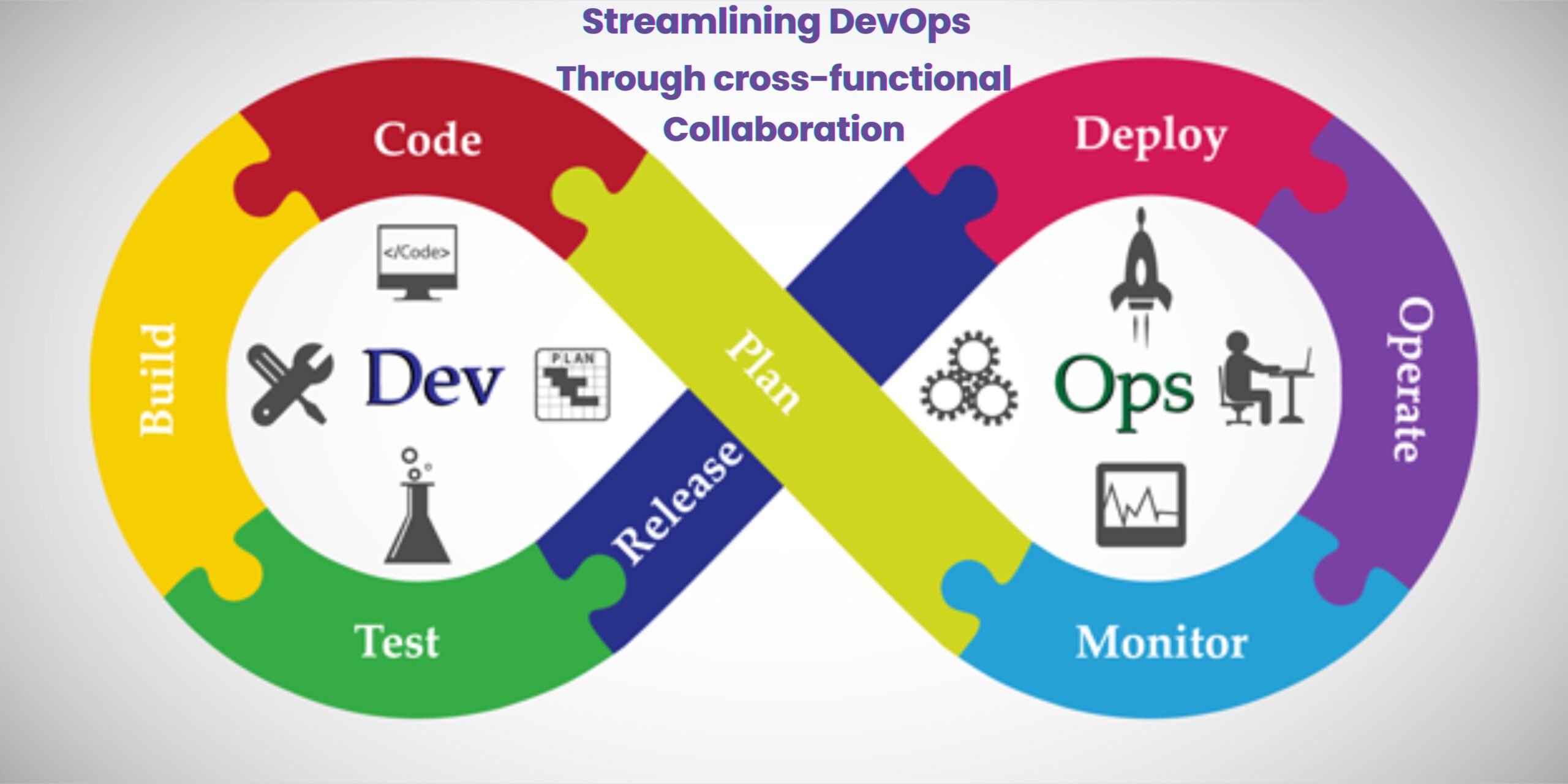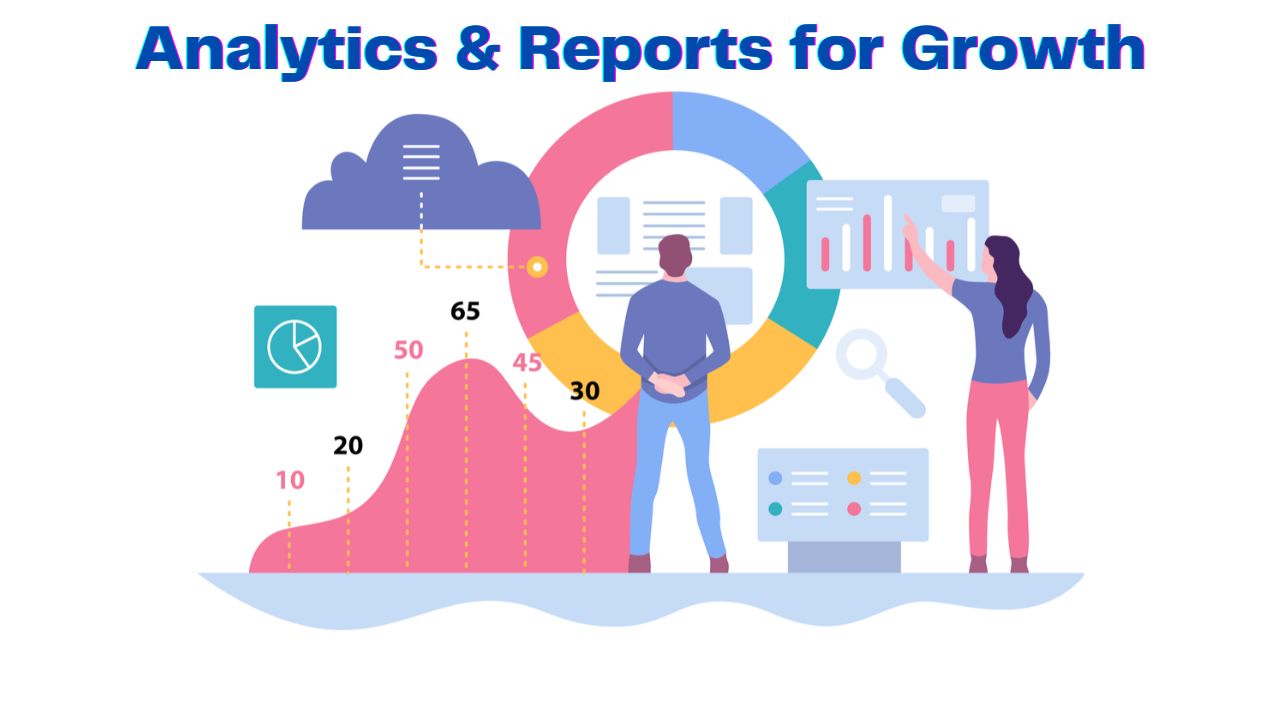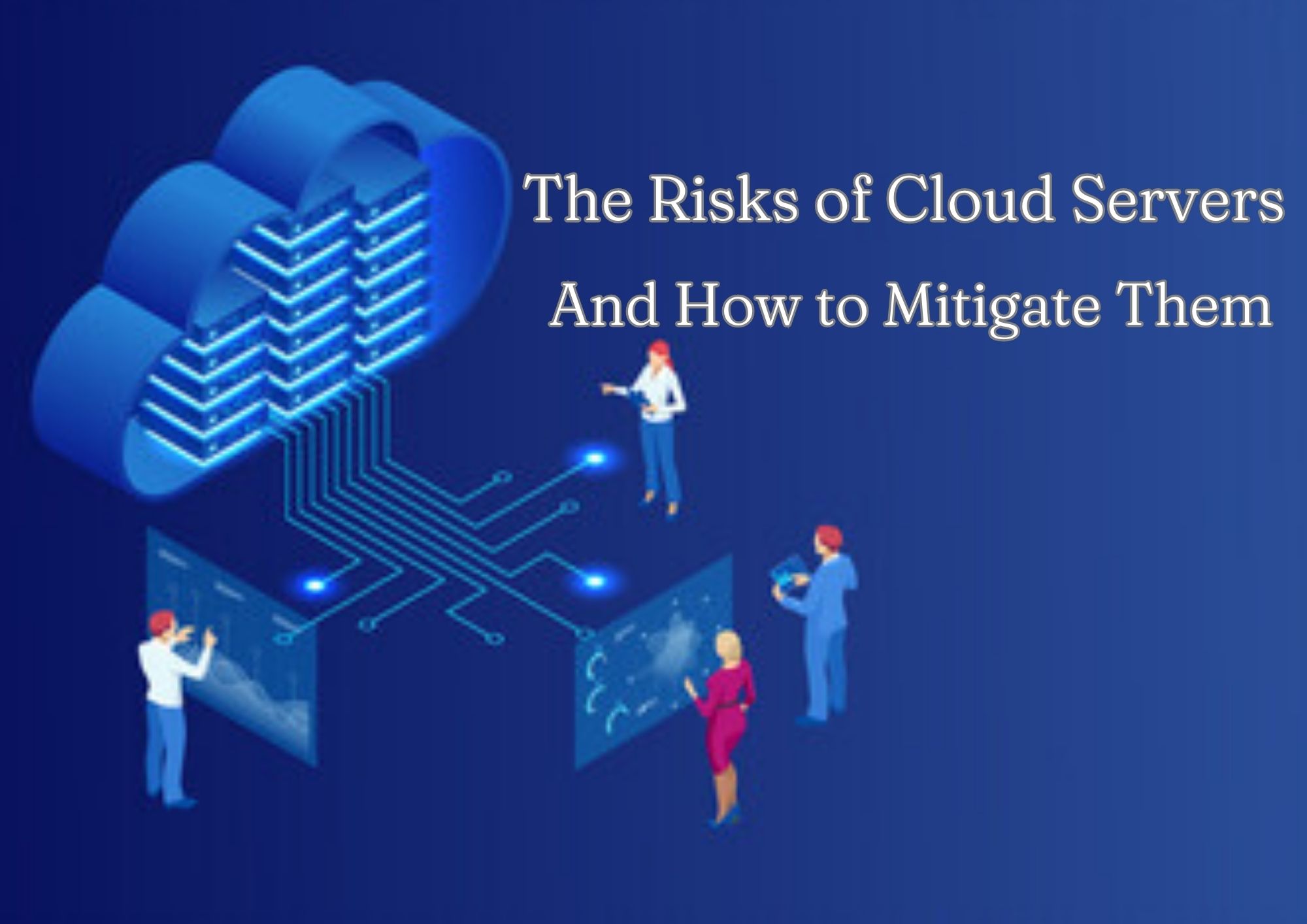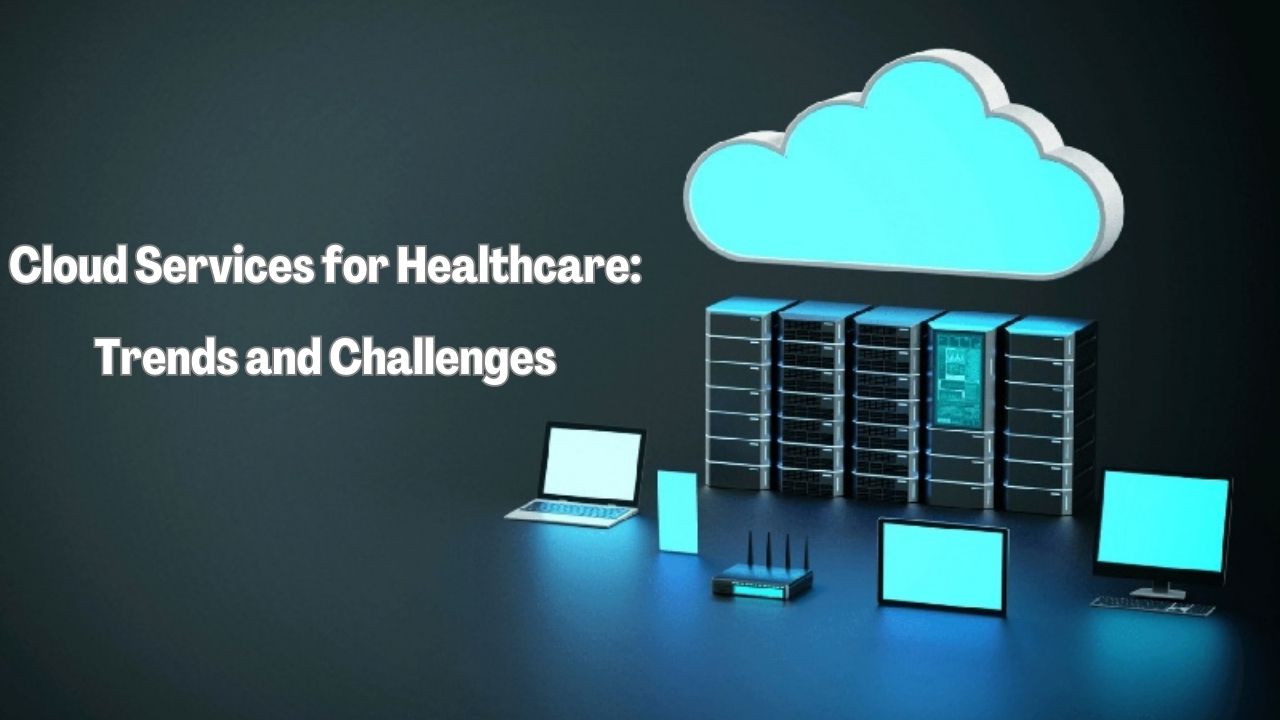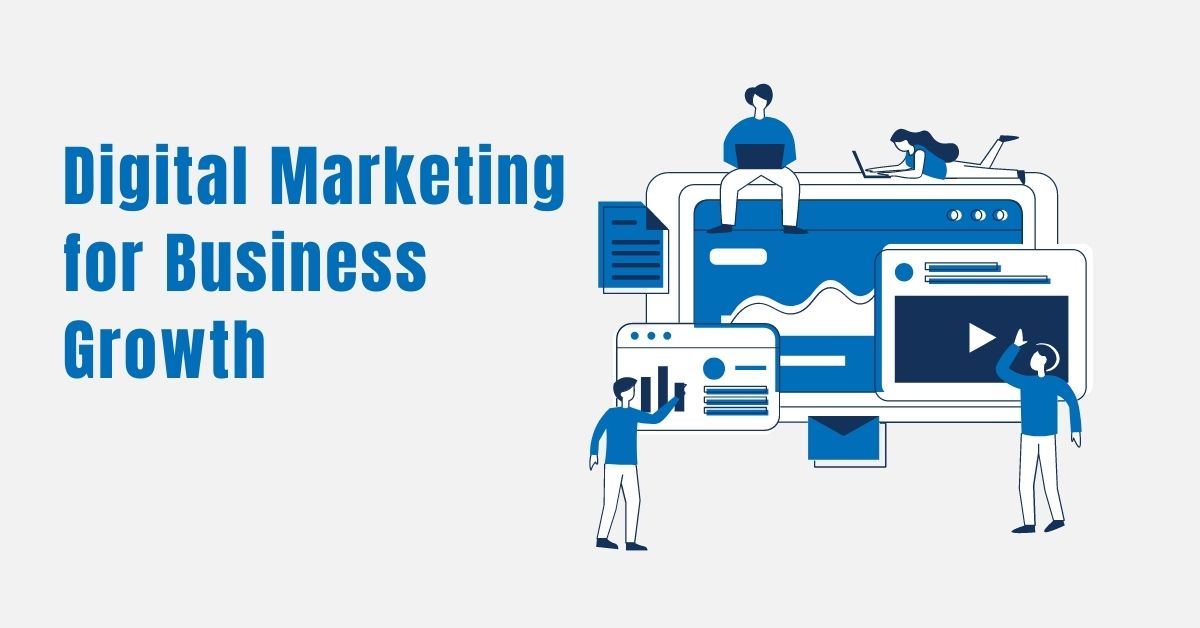
Introduction
In today’s digital age, businesses must adapt to the evolving landscape to thrive and stay ahead of the competition. Digital marketing has emerged as a game-changer, offering unparalleled opportunities for businesses to reach their target audience, build brand awareness, and drive exponential growth. In this blog, we will explore the power of digital marketing and how it can fuel business growth.
The Shift to Digital:
Traditional marketing strategies, although still relevant, are no longer sufficient in a world where online presence is a prerequisite for success. With the rise of the internet and social media, consumers are increasingly turning to digital platforms to find products and services. As a business, embracing digital marketing is crucial to tap into this vast market and stay connected with your target audience.
Building an Online Presence:
Traditional marketing strategies, although still relevant, are no longer sufficient in a world where online presence is a prerequisite for success. With the rise of the internet and social media, consumers are increasingly turning to digital platforms to find products and services. As a business, embracing digital marketing is crucial to tap into this vast market and stay connected with your target audience.
Building an Online Presence:
Digital marketing provides businesses with numerous avenues to establish a strong online presence. Creating a user-friendly website, optimizing it for search engines (SEO), and leveraging social media platforms are essential steps in this journey. A well-designed website acts as a virtual storefront, while social media channels offer a direct line of communication with potential customers.
Targeted Advertising:
One of the key advantages of digital marketing is the ability to target specific demographics and interests. Unlike traditional marketing, which casts a wide net, digital advertising platforms allow businesses to tailor their campaigns to reach individuals who are more likely to convert into customers. This targeted approach not only saves resources but also maximizes the return on investment (ROI) by reaching the right people at the right time.
Content Marketing:
Content is the fuel that drives digital marketing. Creating valuable and engaging content, such as blog posts, videos, infographics, and podcasts, not only positions your business as an industry authority but also attracts and retains customers. By consistently delivering high-quality content that addresses your audience’s pain points, you can establish trust, boost brand loyalty, and ultimately drive business growth.
Social Media Marketing:
Social media platforms have revolutionized the way businesses interact with their customers. With billions of active users, platforms like Facebook, Instagram, Twitter, and LinkedIn offer unparalleled opportunities for businesses to engage, connect, and convert. By developing a comprehensive social media strategy, businesses can effectively leverage these platforms to amplify their brand message, expand their reach, and drive customer acquisition.
Search Engine Optimization (SEO):
Appearing at the top of search engine results is vital for driving organic traffic to your website. SEO encompasses various strategies and techniques that help optimize your website’s visibility in search engines like Google. By understanding keywords, improving website structure, and creating high-quality backlinks, businesses can enhance their online visibility, attract relevant traffic, and boost their chances of converting leads into customers.
Email Marketing:
Despite the rise of social media and other communication channels, email marketing remains a powerful tool for nurturing leads and driving conversions. By crafting personalized and targeted email campaigns, businesses can nurture relationships, share valuable content, promote offers, and drive traffic to their website. With automation tools, businesses can streamline their email marketing efforts and achieve a higher ROI.
Conclusion:
Digital marketing has revolutionized the way businesses connect with their target audience, expand their reach, and drive growth. In today’s hyper-connected world, leveraging the power of digital marketing is no longer an option but a necessity. By embracing the strategies discussed in this blog – building an online presence, targeted advertising, content marketing, social media marketing, SEO, and email marketing – businesses can unlock the true potential of the online world and achieve remarkable business growth. So, embrace digital marketing, adapt to the evolving landscape, and set your business on a path to success.





